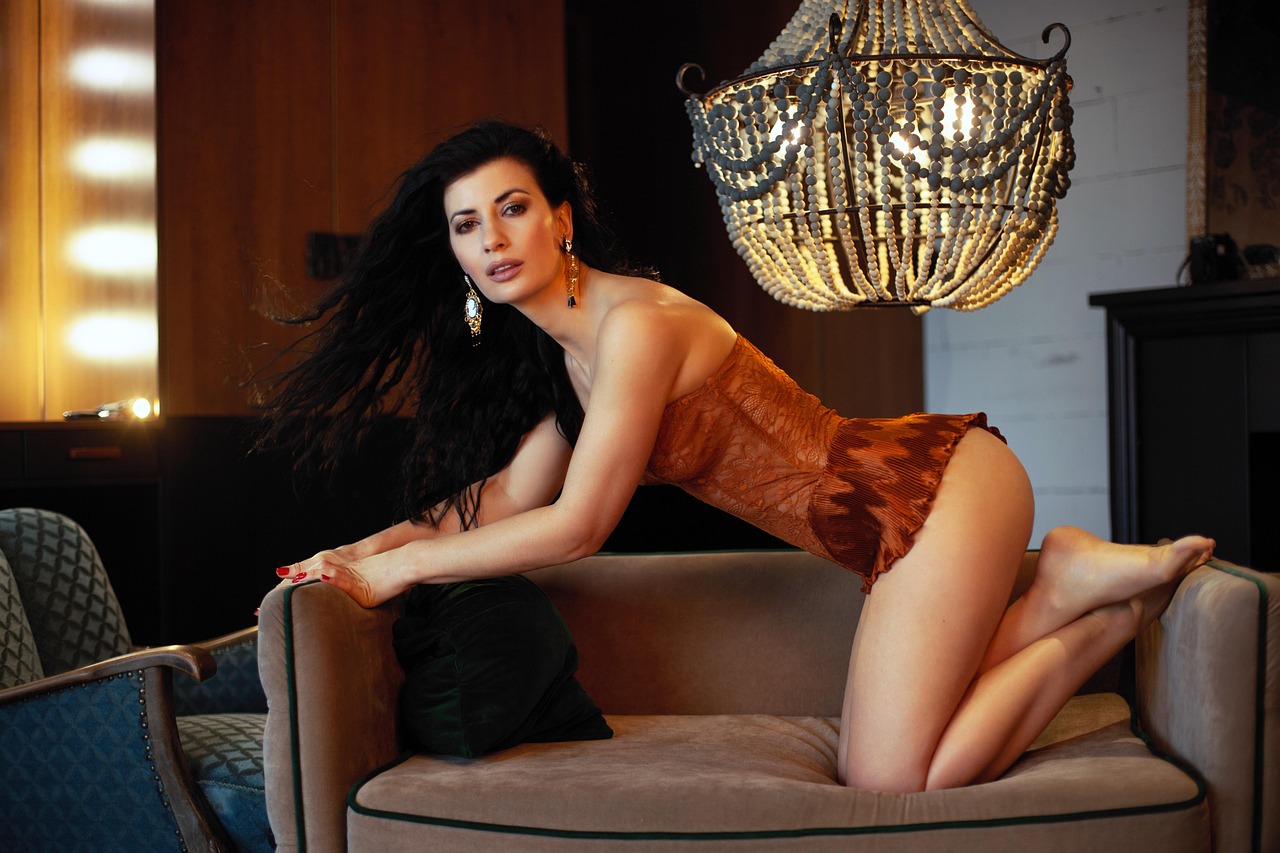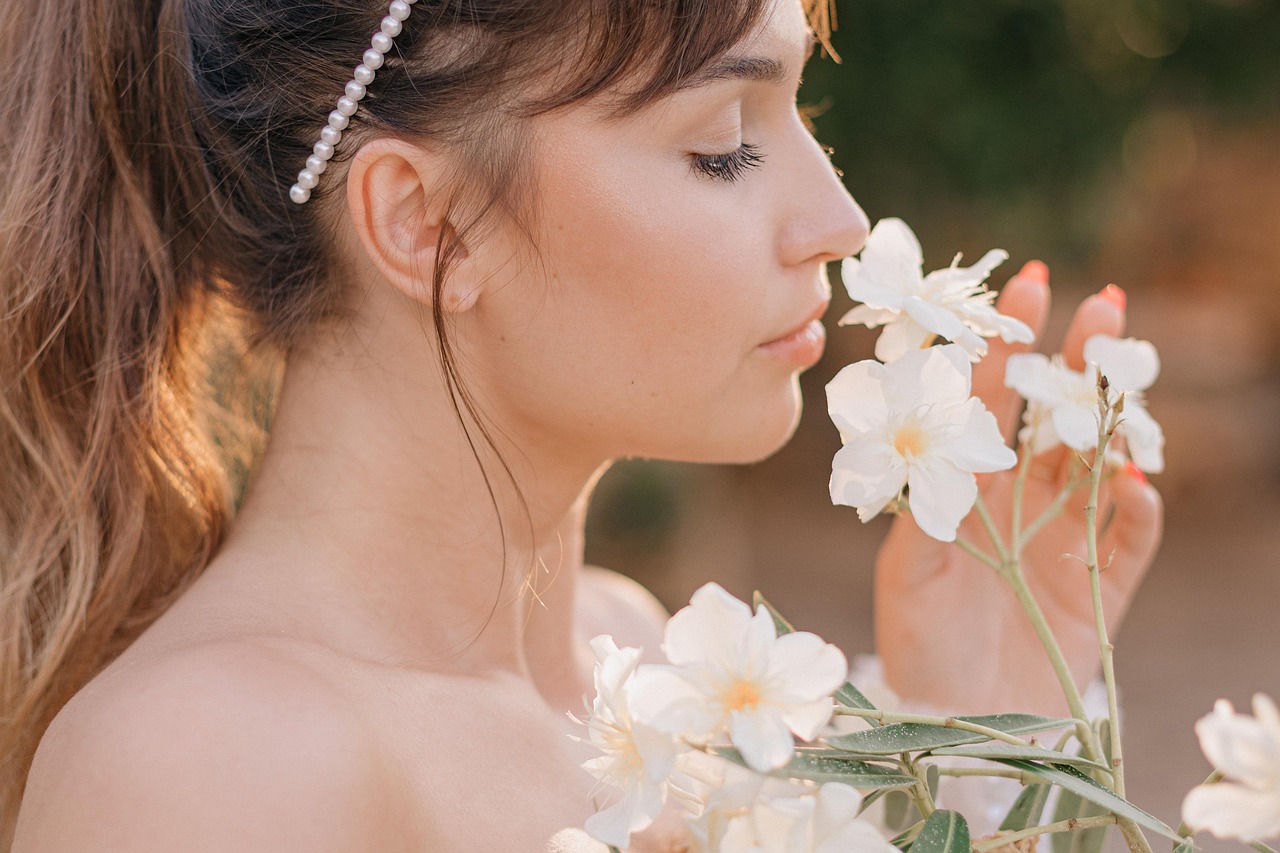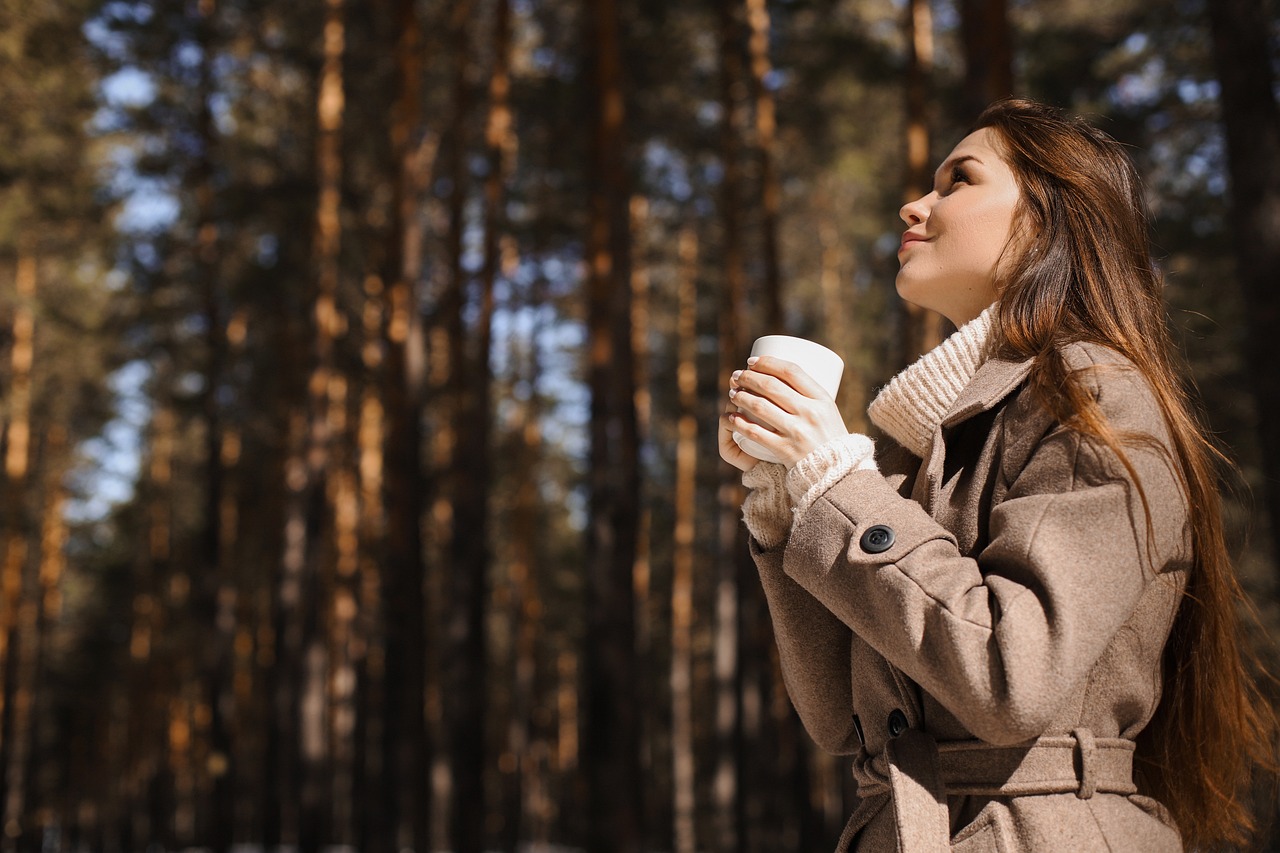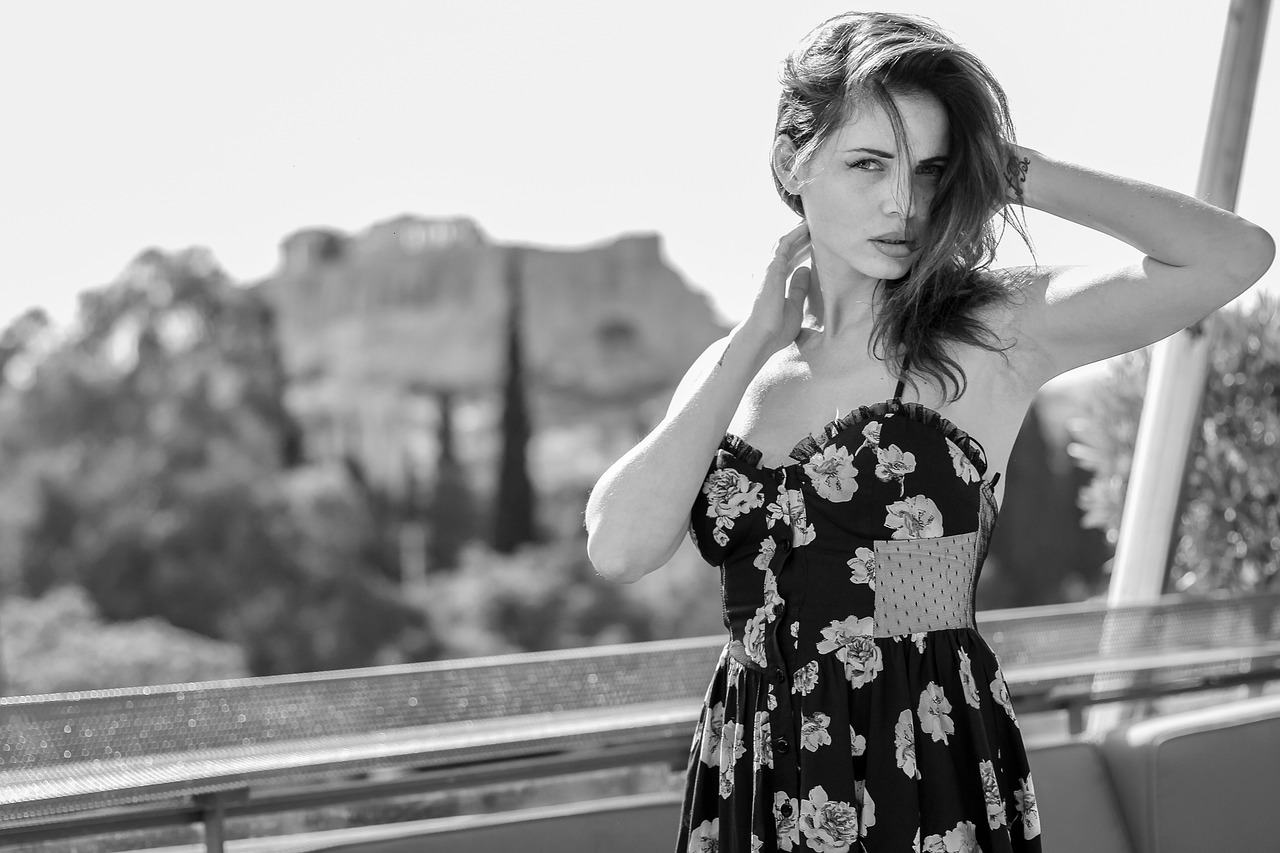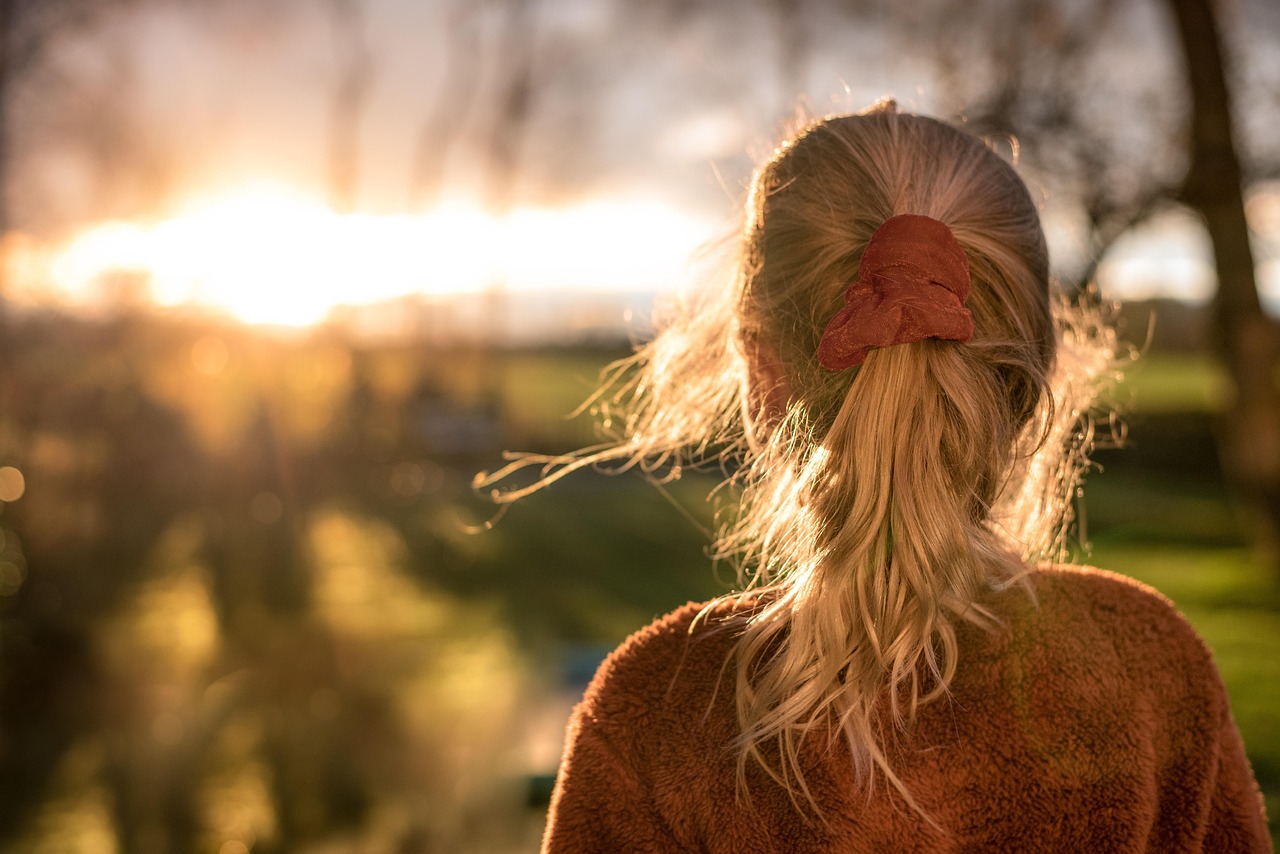
Inclusive Beauty: The Brands Redefining Beauty Standards
H1: Introduction to Inclusive Beauty
In recent years, the concept of “inclusive beauty” has grown from a buzzword to a movement that has transformed the cosmetics and fashion industries. What does it mean, and why is it important? Inclusive beauty is the recognition and celebration of all individuals’ beauty, regardless of their skin tone, body type, gender, age, or ability. This concept challenges the traditional beauty standards that have often excluded certain groups, instead focusing on the idea that everyone, no matter their background or identity, deserves to feel beautiful and represented in the beauty world.
H2: What is Inclusive Beauty?
Inclusive beauty refers to the inclusion of diverse and marginalized groups within the beauty industry. It encompasses beauty products, advertising campaigns, and representation that account for various skin tones, facial features, body types, and identities. Inclusive beauty is a rejection of one-size-fits-all beauty ideals and aims to create a more representative industry that celebrates individual differences.
H3: The Evolution of Beauty Standards
For decades, beauty standards have been primarily dictated by a narrow and limited perspective—often based on Western ideals of youth, slimness, and fair skin. The emergence of inclusive beauty marks a shift away from these outdated norms, pushing for a wider array of representations. The industry’s adoption of diverse models, skin tones, and body types is changing the way we perceive beauty, moving towards a more holistic and inclusive view.
H2: The Importance of Representation
Representation plays a vital role in shaping societal perceptions of beauty. When people see themselves reflected in the products they buy and the advertisements they view, it fosters a sense of belonging and validation.
H3: Diversity in Skin Tones and Types
One of the most visible changes in the beauty industry is the diversification of products designed to accommodate various skin tones and types. Brands are now offering a broader spectrum of foundation shades, haircare products suited for different textures, and skincare products that address a wider range of concerns. This shift ensures that people from all ethnicities feel seen and valued.
H3: Inclusive Representation in Advertising
Traditional beauty ads often showcased a homogeneous image of what beauty should look like. However, today, many brands feature models from different ethnicities, body types, gender identities, and abilities. This change not only reflects the diversity of their customer base but also challenges stereotypes and promotes self-acceptance.
H4: Examples of Inclusive Campaigns
Some groundbreaking beauty campaigns include Fenty Beauty’s #FentyEffect, which introduced a foundation range with 40 shades catering to all skin tones, and Dove’s “Real Beauty” campaign, which features women of different body sizes and ages. These campaigns have inspired other brands to rethink their marketing strategies and consider inclusivity as a core value.
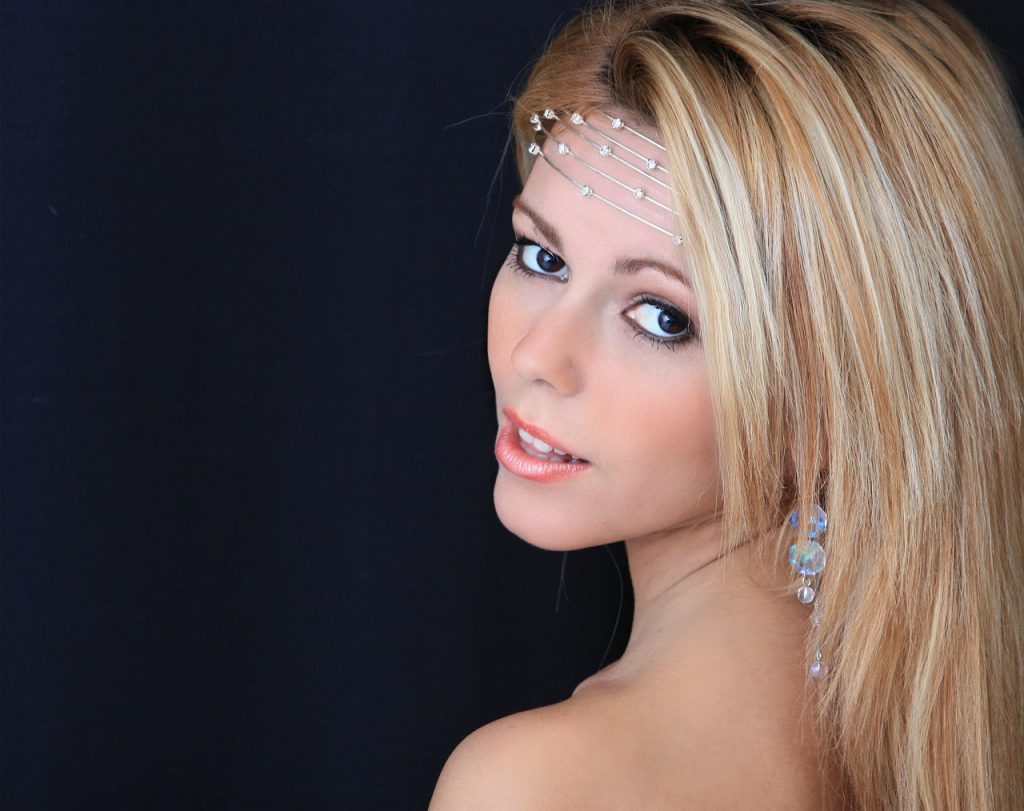
H2: Leading Brands in Inclusive Beauty
Several brands have led the way in redefining beauty standards by embracing inclusivity in their products and marketing.
H3: Fenty Beauty by Rihanna
When Fenty Beauty was launched in 2017, it revolutionized the beauty industry by offering an extensive range of foundation shades. Rihanna’s vision was to ensure that no one was left behind when it came to finding the perfect match for their skin. Fenty’s inclusivity continues to inspire and set a new standard in beauty.
H3: Glossier
Glossier, a brand known for its minimalist approach to beauty, has made inclusivity a central part of its identity. By featuring models of varying body types, ages, and ethnicities, Glossier highlights the beauty of simplicity and self-expression. Their commitment to accessibility extends to their product range, offering options for all skin tones and types.
H3: MAC Cosmetics
MAC Cosmetics has long been a pioneer in inclusive beauty. From its diverse array of foundation shades to its collaborations with global icons, MAC has been committed to breaking down beauty barriers. Their inclusive campaigns focus on individuality, empowering people to express their unique style.
H4: Their Impact on Beauty Norms
These brands have not only set new product standards but have also reshaped the cultural understanding of beauty. By challenging traditional ideals, they’ve opened the doors for other brands to follow suit, creating a ripple effect across the industry.
H2: The Role of Social Media in Shaping Beauty Standards
Social media has played a crucial role in the evolution of beauty standards. Platforms like Instagram, YouTube, and TikTok have allowed individuals to share their unique beauty journeys and perspectives.
H3: Influencers and Activism
Social media influencers, many of whom are unapologetically diverse, have been at the forefront of promoting inclusive beauty. From advocating for more shades in makeup lines to challenging unrealistic beauty ideals, influencers have created a platform for marginalized voices in the beauty industry.
H4: Platforms Promoting Real Beauty
Platforms like Instagram and TikTok have become spaces where people can celebrate “real” beauty, featuring makeup tutorials, skincare routines, and body positivity messages. The rise of influencers who challenge traditional beauty standards has encouraged authenticity and self-love.
H2: Challenges in Achieving Full Inclusivity
While significant progress has been made, the journey toward true inclusivity is ongoing. There are several challenges that the beauty industry still faces.
H3: Cultural Sensitivity and Global Markets
Beauty is cultural, and what is considered beautiful in one part of the world may not be viewed the same way in another. As brands expand globally, they must ensure that their inclusivity efforts resonate across diverse cultural contexts without appropriating or misrepresenting different traditions and values.
H3: Pricing and Accessibility
Inclusivity isn’t just about offering diverse products; it’s also about making them accessible. Many inclusive beauty products are priced higher, which can exclude lower-income individuals. Achieving inclusivity also means ensuring that these products are affordable and available to all.
H2: Future of Inclusive Beauty
As we look to the future of the beauty industry, inclusivity will remain a central theme. However, there are areas that still require growth.
H3: Expanding Beyond Traditional Beauty
The future of inclusive beauty isn’t limited to makeup and skincare. The next frontier may include further embracing diverse beauty in fashion, haircare, and even personal care. Expect to see more brands focus on creating products and services that cater to diverse needs across different industries.
H4: Technology’s Role in Inclusive Beauty
Technology is also expected to play a significant role in shaping the future of beauty. Innovations like virtual try-ons, AI-driven skincare recommendations, and 3D-printed cosmetics will make it easier for consumers to find the perfect products that suit their unique needs, furthering the movement toward inclusivity.
H1: Conclusion
The beauty industry is experiencing a paradigm shift as brands embrace inclusivity and diversity. This transformation challenges the outdated beauty standards of the past, paving the way for a future where everyone is seen and celebrated for their unique beauty. As more brands adopt inclusive practices, we are likely to see a more comprehensive, thoughtful approach to beauty that goes beyond just appearance and delves into identity, culture, and accessibility.
H2: FAQs
- What does inclusive beauty mean?
Inclusive beauty refers to the practice of representing diverse groups of people, including different skin tones, body types, gender identities, and abilities, in beauty products and advertising. - Which beauty brands are known for their inclusivity?
Fenty Beauty, Glossier, and MAC Cosmetics are among the leading brands that have been recognized for their commitment to inclusivity in the beauty industry. - How has social media influenced beauty standards?
Social media platforms like Instagram and TikTok have allowed people to share their diverse beauty experiences, which has played a significant role in reshaping beauty standards and promoting inclusivity. - Why is inclusivity important in the beauty industry?
Inclusivity is important because it allows all individuals to feel seen, valued, and represented, which can boost confidence and promote self-acceptance. - What challenges does the beauty industry face in becoming more inclusive?
The beauty industry faces challenges such as cultural sensitivity, pricing and accessibility issues, and the need for global inclusivity that resonates across diverse markets.
